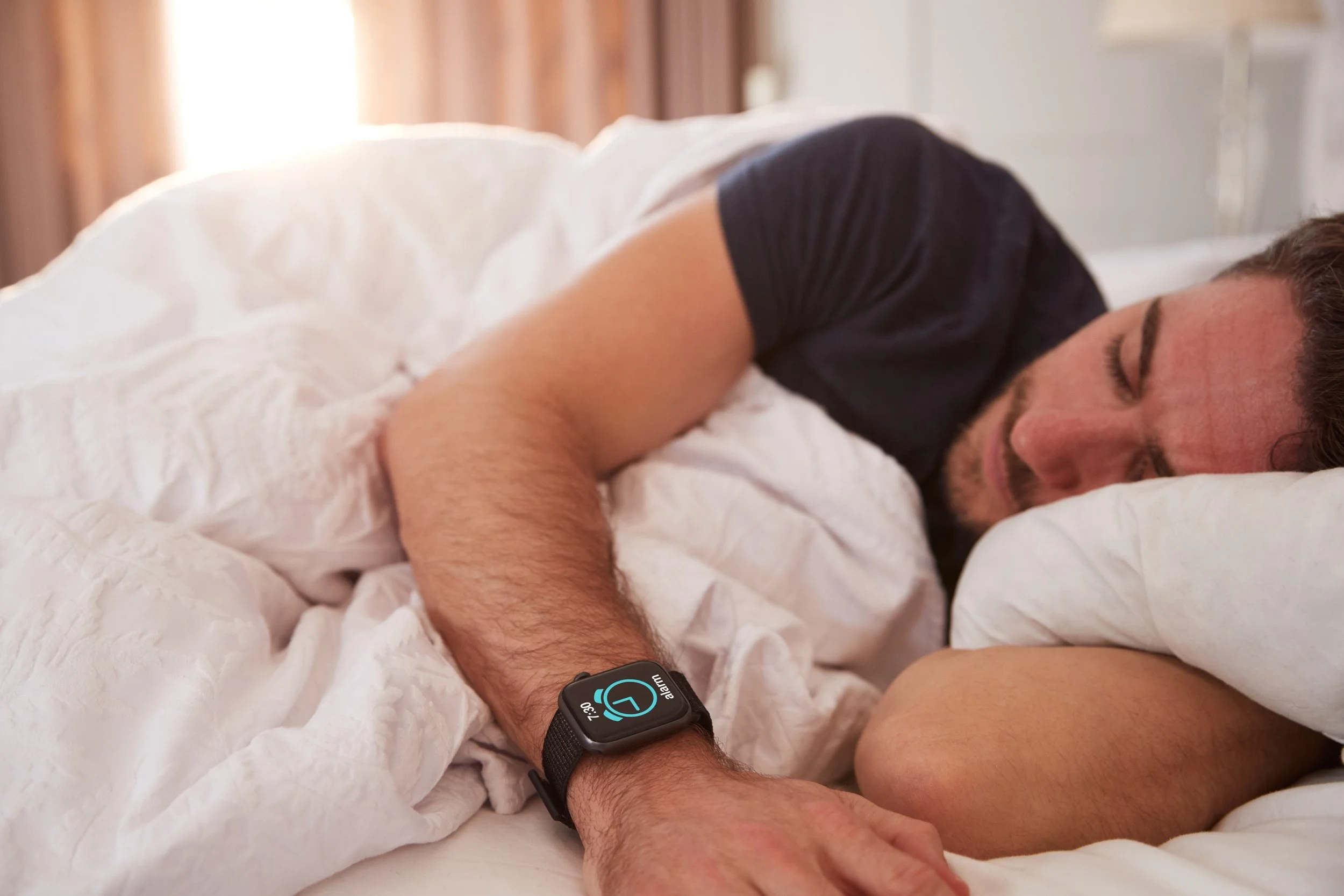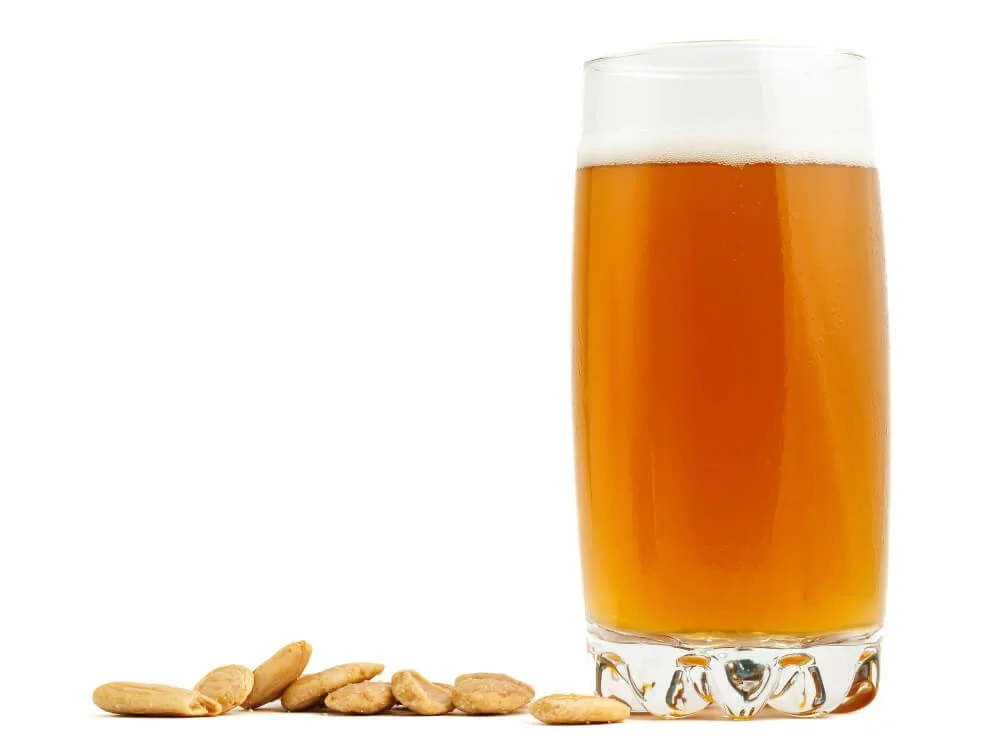Your Metabolism on Cardio: Breaking Through the Plateau
/If you're running to lose weight and finding your progress has stalled, it may be time to rethink your approach. While running has its benefits, it’s not the most effective method for fat loss. As your body becomes more efficient, you burn fewer calories over time. Strength training and high-intensity interval training (HIIT) are better for sustained fat burning, thanks to their metabolism-boosting afterburn effect. Don’t just rely on steady-state cardio—mix up your routine for real results. Ready to boost your metabolism and break through that plateau?
Read More







